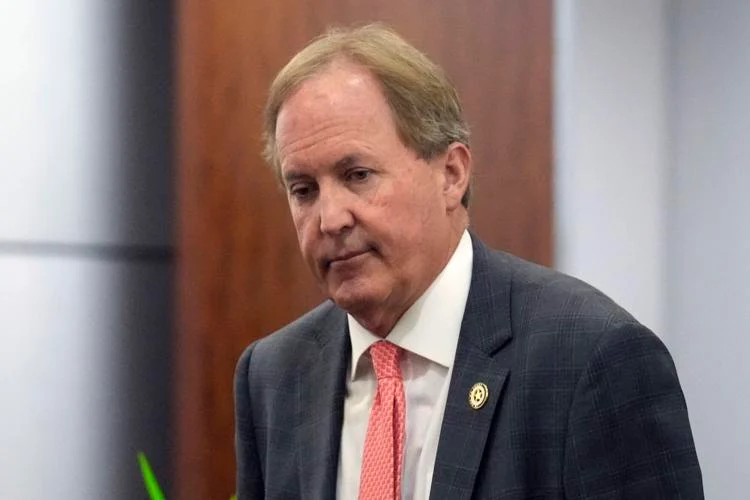This year is crucial for the economy and its growth and all eyes are now on Budget 2021. However, after the ordeal of the Covid-19 pandemic, the upcoming Budget is also expected to focus on the healthcare sector. With a market size of 1.4 billion people, the healthcare sector is looking up to the government to spend more on the healthcare sector, bring in changes in taxation, encourage greater investments and protect indigenous manufacturing and healthcare products.
“The Covid pandemic has underlined the importance of a higher budget allocation for healthcare more than anything else. A large part of previous budgets was dedicated towards making healthcare cheaper and more accessible, but the current situation demands an increased budget for improving healthcare infrastructure at the primary, secondary and tertiary levels, and also to propel healthcare sector recovery,” says Dr Ashutosh Raghuvanshi, COO, Fortis Healthcare.
“There are indications that the government is likely to increase healthcare spending in the forthcoming budget announcement on February 1. This is laudable as healthcare is a national priority sector today and we need a dedicated national health fund which can provide all necessary resources and support to fix existing gaps, upgrade healthcare infrastructure, equip district-level hospitals and primary health centres with oxygen supplies, increased beds and medical equipment. We also need to invest more in medical education and training to address the shortage of healthcare professionals in the country, and strengthen the operational modalities to boost digital health and telemedicine services,” he adds.
Dr Raghuvanshi also suggests, “In order to ensure that the credit chain remains intact and input taxes are not loaded on to the cost of healthcare services, the government may consider zero rating of GST for healthcare. There is also a need to upgrade skilling to increase capacities among healthcare workers. There is also an urgent need to review and implement national programmes on non-communicable diseases to tackle the increasing burden of heart diseases, diabetes, cancer and tuberculosis as well as to encourage preventive care.”
According to Dr Shuchin Bajaj, founder and director, Ujala Cygnus Group of Hospitals, “As India faces the worst ever health crisis of all times, we hope that Covid-19 will provide the silver lining for increasing the healthcare budget. There has never been a greater spotlight on healthcare delivery in various environments. Unfortunately, no election has been fought on healthcare as an issue in India yet. But now, with the coronavirus pandemic, the focus is only and squarely on healthcare. I hope that this will lead to an increase in the healthcare budget and various healthcare provisions, so that the expenditure on health can go up to 3% of the GDP, as promised by the government.”
Dr Tushar Grover, who is the Medical Director of the Vision Eye Centre, New Delhi, also agrees with the statement when he says, “The onslaught of Covid-19 has duly woken up health authorities to the urgent need of raising the budgetary allocation for health as a proportion of the GDP. Keeping that in mind, the upcoming budget should prompt a higher allocation to R&D in biotech, epidemiology as well as pharma in general. Only with increased budgetary attention can we truly harness our existing strength in vaccines and genetics. With technology leading to a rise in healthcare costs, higher public health expenditure can make it affordable for common people and reduce out-of-pocket costs.” However, he adds, “At the same time, the government must relax unrealistic price restrictions and rules in order to encourage investment for developing world-class healthcare infrastructure in the country.”
During the Covid-19 crisis, India has also emerged as a supplier of ‘Made in India’ healthcare products and medical devices for other countries. About the matter, Rajiv Nath, Forum Coordinator at AIMED, says, “The onset of Covid exposed the soft underbelly of the healthcare insecurity in India with its huge over-dependence on imports. The nation had to undergo a lengthy lockdown as the country prepared to build the healthcare sector and procure medical devices, manufacturing infrastructure and inventory of vital Covid-related devices like ventilators, masks, thermometers and PPE kits. But consumers do not gain from low duties if they have to pay for misleading and artificially inflated MRP labelled medical devices and are exposed to inconsistent prices that are linked to a volatile currency exchange rate. If consumer interest is to be protected, capping the MRP at 4-5 times the import landed price is more effective than turning a blind eye to the MRP which is as high as 20-30 times the import landed price. Indian imports of Rs 42,000 crore, which account for 85% of the medical device market are a healthcare security risk which needs to be addressed. This is also an opportunity for ‘Make in India’.”
He too speaks of expectations regarding taxation, explaining, “After GST, imported devices are cheaper by 11% and Indian manufacturers are challenged to compete with Chinese imports in government tenders even for basic products like syringes, thermometers, examination gloves and blood collection tubes.”
About sustaining the ‘Make in India’ model, he adds, “We seek nominal tariff protection for devices being made in the country and a predictable tariff policy, so if capacity is added by a manufacturer, there is assured nominal protection. To promote the domestic medical device industry, which will subsequently reduce India’s heavy reliance on imports, the current basic import tariff of 0-7.5% needs to be 15% for medical devices (the bound rate under WTO is 40% duty) and on their components, it needs to be at least 5%, and 7.5% next year as a PMP ‘Make in India’ enabler. Concessional duty on raw material may be retained at 2.5% for now and for the next three years.”












